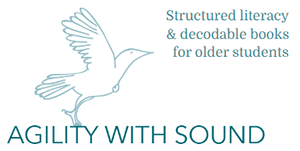Rich content decodables: what does this mean?
Every book a student reads should be worth reading. They should all build vocabulary, background knowledge and comprehension, but above all, they should be interesting and engage the reader. This is what rich content books do, decodable or otherwise.
However, if students cannot automatically and instantly decode the words in text, comprehension is inevitably compromised, as the cognitive effort involved in figuring out words diverts much or all the student’s attention away from the content, regardless of the interest level.
These books are comprised of words the student can instantly recognise. They have encountered them in Wordchain; they have analysed these patterns in the fluency sheets. Decoding is no longer an issue. There will be words they have not seen before, but the students now recognise how this word is made up; can figure it out in an instant. There should be no surprises.
The primary focus is now vocabulary building and comprehension.
- All books are scripted for the teacher, modelling how good comprehenders think, or asking leading questions designed to build rather than test comprehension.
- Unfamiliar vocabulary is inserted wherever possible, but with explicit clues to meaning liberally included in the text.
- Some explanation is deliberately omitted, giving students ample opportunity to develop inference skills.
- The comprehension and writing resource is based on these books, so that students are writing about their reading, building ever deeper comprehension along with writing skills.

